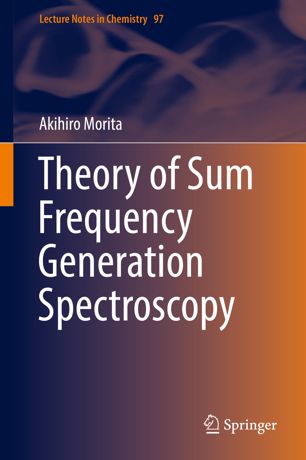

Most ebook files are in PDF format, so you can easily read them using various software such as Foxit Reader or directly on the Google Chrome browser.
Some ebook files are released by publishers in other formats such as .awz, .mobi, .epub, .fb2, etc. You may need to install specific software to read these formats on mobile/PC, such as Calibre.
Please read the tutorial at this link: https://ebookbell.com/faq
We offer FREE conversion to the popular formats you request; however, this may take some time. Therefore, right after payment, please email us, and we will try to provide the service as quickly as possible.
For some exceptional file formats or broken links (if any), please refrain from opening any disputes. Instead, email us first, and we will try to assist within a maximum of 6 hours.
EbookBell Team

0.0
0 reviewsThis book describes fundamental theory and recent advances of sum frequency generation (SFG) spectroscopy. SFG spectroscopy is widely used as a powerful tool of surface characterization, although theoretical interpretation of the obtained spectra has been a major bottleneck for most users. Recent advances in SFG theory have brought about a breakthrough in the analysis methods beyond conventional empirical ones, and molecular dynamics (MD) simulation of SFG spectroscopy allows for simultaneous understanding of observed spectra and interface structure in unprecedented detail. This book explains these recently understood theoretical aspects of SFG spectroscopy by the major developer of the theory. The theoretical topics are treated at basic levels for undergraduate students and are described in relation to computational chemistry, such as molecular modeling and MD simulation, toward close collaboration of SFG spectroscopy and computational chemistry in the near future.